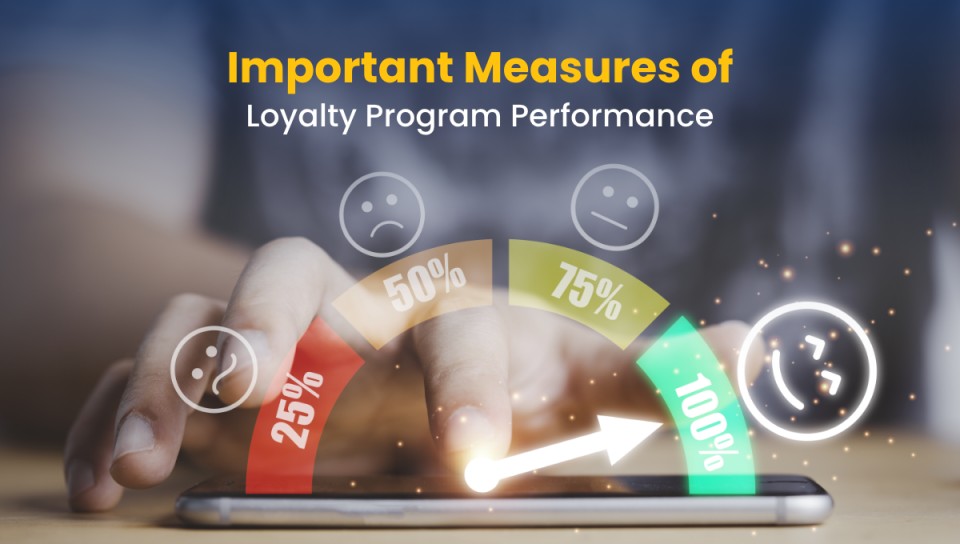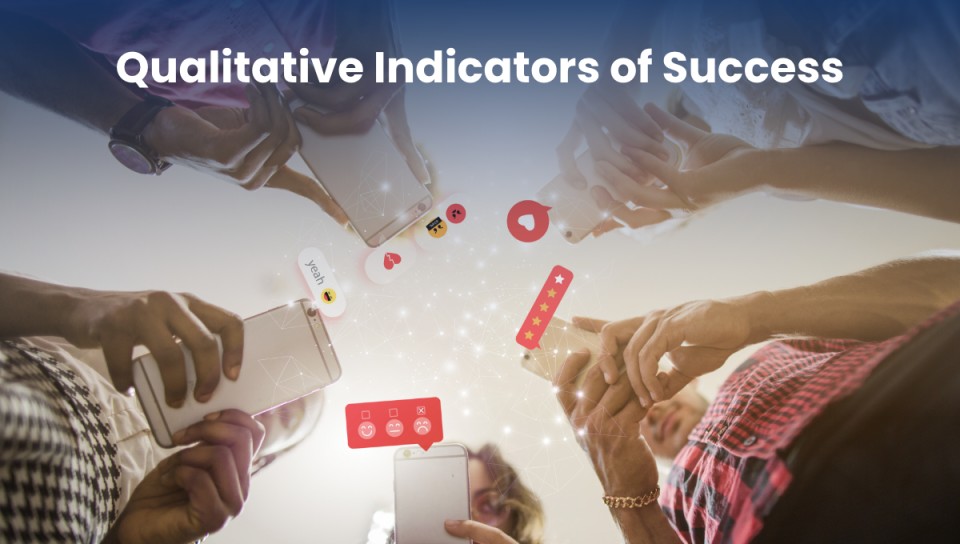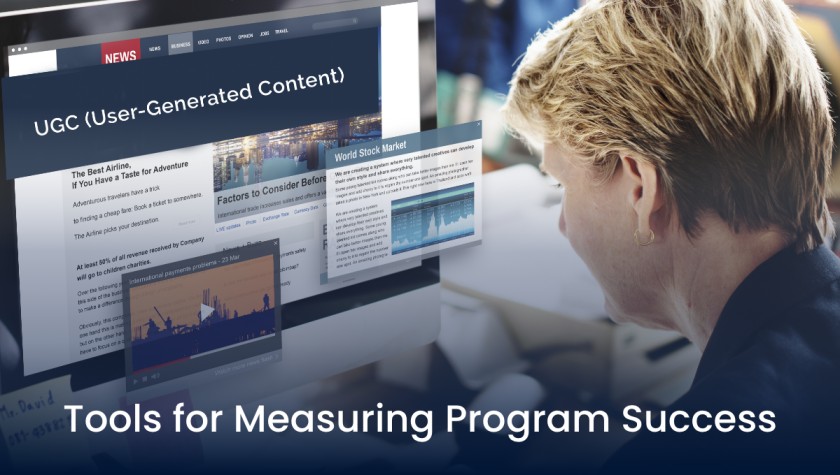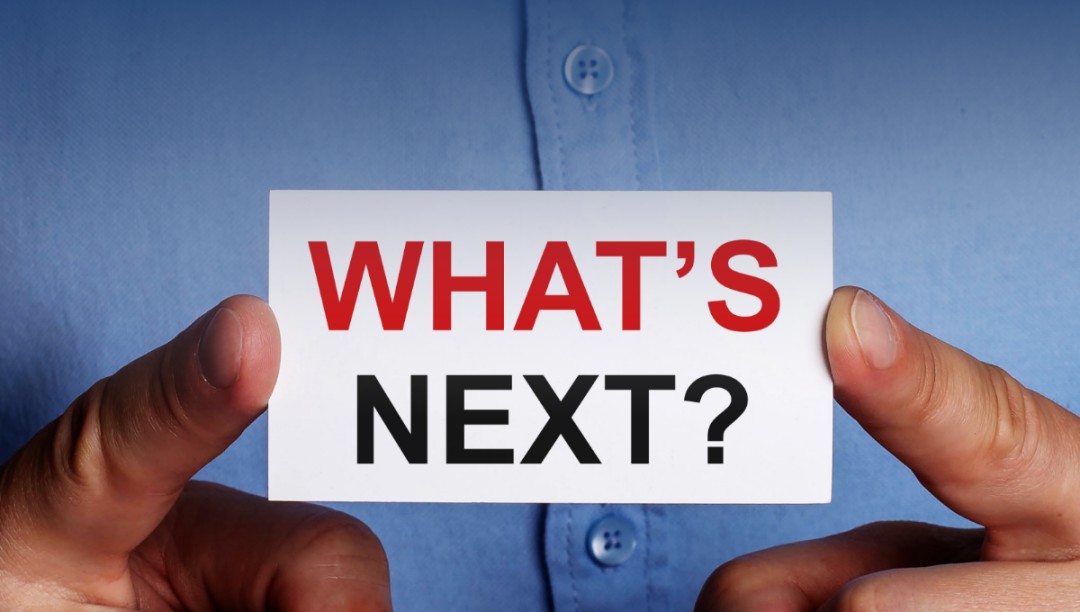How to Know if Your Loyalty Program is Successful
Navigating the competitive terrain of today calls for more than just client retention; it calls for a calculated approach to maximize customer lifetime value. Achieving this mostly depends on loyalty programs since they encourage brand advocates and repeat buying. 56% of loyalty program owners are satisfied with their program’s effectiveness, and businesses who implement well-executed loyalty programs realise a 20% increase in revenue per customer.
Also, a whopping 79% of customers prefer doing business with brands that build a good loyalty program.
Still, having a successful loyalty program is no easy feat. In fact, over 77% of loyalty programs fail within the first two years. To prevent this, the performance of its loyalty program has to be carefully assessed and examined to guarantee it benefits the business as well as its customers. Understanding and tracking important metrics and indicators helps companies maximize loyalty program returns and streamline their policies.
This article explores important instruments and critical indicators to assess the effectiveness of your loyalty program, therefore providing practical advice to improve performance and produce significant outcomes.
Important Measures of Loyalty Program Performance
Monitoring numerous important indicators that reveal how your loyalty program affects customer behaviour, satisfaction, and general business performance can help you to ascertain its success. Here are some loyalty program metrics to measure the program success:
1. Customer Retention Rate
Customer retention rates track the proportion of customers who over time still interact with your business.
Success Indication: An increased retention rate shows that your loyalty program motivates customers to come back successfully.
Retention Rate (%) = (Ending Customers – New Customers) / Beginning Customers
2. Average Order Value (AOV) Increase
Tracks the average amount customers spend each transaction, average order value (AOV).
Success Indication: An increase in AOV following a loyalty program indicates that the program effectively motivates more spending per transaction, therefore promoting general sales increase.
Average Order Value (AOV) = Total Revenue / Number of Orders Placed
3. Frequency of Purchases
This indicator tracks the frequency with which customers make purchases over a given time period.
Success Indication: Rising purchase frequency suggests that the reward program inspires customers to visit more often.
Purchase Frequency = No. of orders / No. of unique customers
4. Customer Lifetime Value (CLV)
Customer lifetime value (CLV) is the income a customer brings during their interaction with your brand.
Success Indication: A rise in CLV following the loyalty program indicates that it is improving profitability and strengthening long-term customer bonds.
CLV = Average Purchase Value * Purchase Frequency * Average Customer Lifespan
5. Enrollment Rate
The enrollment rate gauges the proportion of qualified customers joining the loyalty program.
Success Indication: High and rising enrollment rates show that the loyalty program appeals to customers, proving good customer interest and efficient promotion.
Enrollment Rate = (New Sign-ups / Total Customers) * 100
6. Engagement Rate
The engagement rate measures customers’ level of participation in the loyalty program, including behaviors that include redeeming rewards and running specials.
Success Indication: High engagement rates point to customers who are actively participating, thereby signaling that the program keeps their attention and offers value.
Engagement Rate = Total Engagement / Total Followers * 100%
7. Percentage of Revenue
Revenue percentage calculates the proportion of total income earned by participants of loyalty programs.
Success Indication: A high revenue percentage indicates that the program satisfies its financial goals and efficiently stimulates sales.
Percentage of Revenue = Total Revenue / Number of Transactions
8. Churn Rate
The churn rate gauges, during a certain period, the percentage of members that leave the loyalty program.
Success Indication: A low churn rate shows that the loyalty program keeps customer involvement and offers value, therefore stressing its efficiency in preserving and developing client connections.
Churn Rate = Churned Customers / Beginning Customers
9. Net Promoter Score (NPS)
NPS, or net promoter score, measures customer likelihood of recommending the loyalty program to others.
Success Indication: Higher customer satisfaction and a good impression of the loyalty program indicated by a high NPS point to the loyalty program meeting customer expectations and therefore promoting loyalty.
Net Promoter Score (NPS) = Promoters% – Detractors%
Qualitative Indicators of Success
Beyond numbers, knowing the qualitative elements of the success of your loyalty program is absolutely vital. These metrics give a whole picture of the influence of the program by delving further into customer opinions, degrees of participation, and advocacy.
1. Customer Satisfaction and Feedback
Customer satisfaction and feedback help one to understand how clients view the loyalty program and point up areas needing work. Collect data using feedback forms, polls, and interviews. Set up regular contact points with post-purchase questionnaires, continuous satisfaction surveys, and feedback requests following program activities. This will help one to actually understand customer feelings.
Success indication: Positive remarks and high levels of satisfaction clearly indicate that the loyalty program is fulfilling customer expectations and adding value. Furthermore, very crucial is constructive criticism, which identifies areas needing improvement and ensures the program created assures better service to its participants.
2. Engagement and Participation
Measurements of engagement and participation follow customers’ active contact with the loyalty program—including incentive redemption and activity participation. Program analytics tracks metrics, including login frequency, activity participation rates, and incentive redemption rates, therefore enabling monitoring of engagement. Emails, push alerts, and in-app messages all help to inspire participation and deliver information.
Success indication: High levels of engagement and regular involvement in events and award redemptions show that the program efficiently provides compelling incentives, keeps customers interested, and encourages continued contact.
3. Brand Advocacy and Referrals
Brand advocacy and referrals measure the extent to which customers recommend the brand and loyalty program to others. Referrals can be tracked using program data, social media mentions, online reviews, and Net Promoter Score (NPS) surveys.
Success indication: High numbers of referrals and favorable comments point to satisfied customers who are ready to promote the loyalty program. This word-of-mouth marketing emphasizes loyalty and the program’s impact on customer relationships.
Tools for Measuring Program Success
1. Advanced Analytics Dashboard
Loyalty platforms like Zinrelo offer complete knowledge of key benchmarks such as average order value, buy frequency, client lifetime value, and client retention. Monitoring these metrics helps businesses evaluate their loyalty program performance and identify areas for improvement.
2. Real-Time Reporting
Loyalty systems provide up-to-date data on program performance including enrollment rates, engagement rates, and income percentages. This helps businesses to form snap decisions based on current statistics.
3. UGC (User-Generated Content)
User-generated content, or UGC, included in the loyalty program are user-generated material such as reviews, testimonies, and social media posts. Reviews, testimonies, and social media posts—user-generated content—are included in the loyalty program. UGC offers real customer opinions and encourages community involvement, therefore affecting the impressions and loyalty of possible customers.
4. Surveys and Quizzes
Direct input from members of loyalty programs is gathered using surveys and quizzes. These instruments guide program improvements and customized offerings by helping to measure client happiness, pinpoint pain points, and get understanding of preferences and expectations.
What’s Next?
To keep your loyalty program successful and make it even better, you need to come up with new strategies that keep up with changing market trends and customer standards. By constantly improving your methods and using new tools, you can make sure that your loyalty program really gets customers to interact with you and stay loyal.
1. Program Revamp
Reviewing the performance of your program using the major metrics and qualitative indicators covered earlier could help you identify areas needing work. Should the initiative fall short of expectations, one should start thinking about a thorough overhaul or perhaps re-platforming. Depending on the performance, you can either optimize the program or replatform it with robust loyalty software like Zinrelo. One or more of the following approaches can help you to do this:
- Adopt New Trends and Technologies: Keep competitive by adopting the newest technologies and trends. Use tools for advanced analytics, artificial intelligence, and machine learning to have a better understanding of program performance and customer behavior. These technologies can guide more successful marketing plans, tailor customer experiences, and help forecast trends.
- Introduce New Rewards: Periodically add fresh and interesting rewards to keep the program intriguing. New incentives can inspire customers to participate more regularly and rekindle enthusiasm.
- Update Point Structures: Regular updates of point earning and redemption systems help to reflect changes in customer behavior and market conditions. This guarantees that your program remains relevant and appeals more to customers.
- Enhance Customization: Use strong customizing tools to fit the program to particular client preferences. Customized experiences inspire loyalty and involvement, hence valuing and understanding customers.
- Incorporate New Engagement Strategies: Use creative engagement techniques such as tiered loyalty membership levels, personalized offers, and special events to keep members enthusiastic and committed to the program. These tactics strengthen client ties and inspire constant interaction.
2. Leveraging Loyalty Consultation
Working with loyalty program experts or loyalty solution providers like Zinrelo can offer insightful analysis and strategic advice for besting your program.
- Identify Strengths and Weaknesses: By use of extensive assessments, consultants can highlight areas of strength and weakness. Their experience clarifies where your program shines and where it lags.
- Implement Best Practices: Use industry knowledge to embrace creative ideas and tested solutions. Consultants can suggest customized best practices appropriate for your particular requirements based on successful implementation of previous initiatives.
- Receive Tailored Solutions: Customized recommendations from consultants can help improve program performance and accomplish certain company goals. Customized solutions guarantee that modifications complement the goals of your brand and are successful.
Conclusion
Evaluating the effectiveness of a loyalty program is not a one-time chore but rather a continuous effort to improve tactics grounded in pragmatic knowledge. Monitoring important indicators such as retention rates, average order value, and customer lifetime value helps companies always improve their loyalty programs, increasing customer involvement and promoting steady development.
Moreover, applying sophisticated analytics and working with loyalty experts can offer great direction in negotiating the complexity of customer loyalty, thereby guaranteeing that your program stays successful and flexible in satisfying changing customer expectations.
Key Takeaways:
- Many brands are adopting loyalty programs to retain customers. However not every program works, which is why regular monitoring of program success is important.
- Retention rates, AOV, buy frequency, CLV, enrollment rate, engagement rate, income %, churn rate, and NPS are among the important benchmarks.
- Qualitative markers include brand advocacy, customer happiness, and degrees of involvement.
- Advanced analytics, real-time reporting, customer segmentation, UGC (user-generated content), surveys, and quizzes provide tools for precise measurement.
- Steps for ongoing success: program revamp, loyalty consulting, adopting advanced technologies, and continuous feedback.





